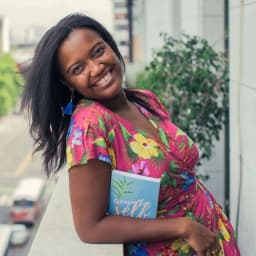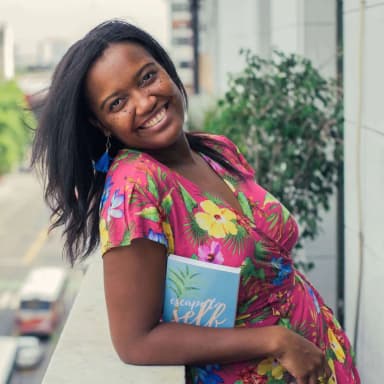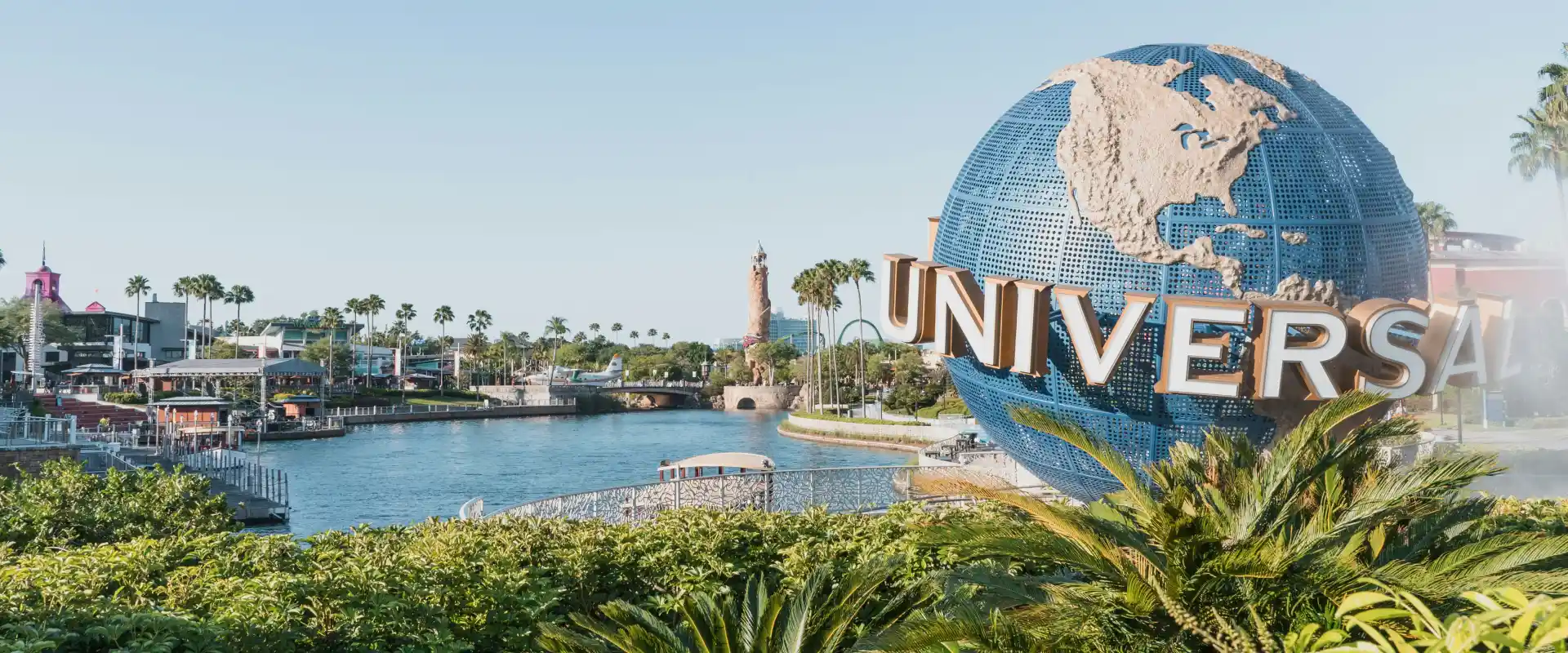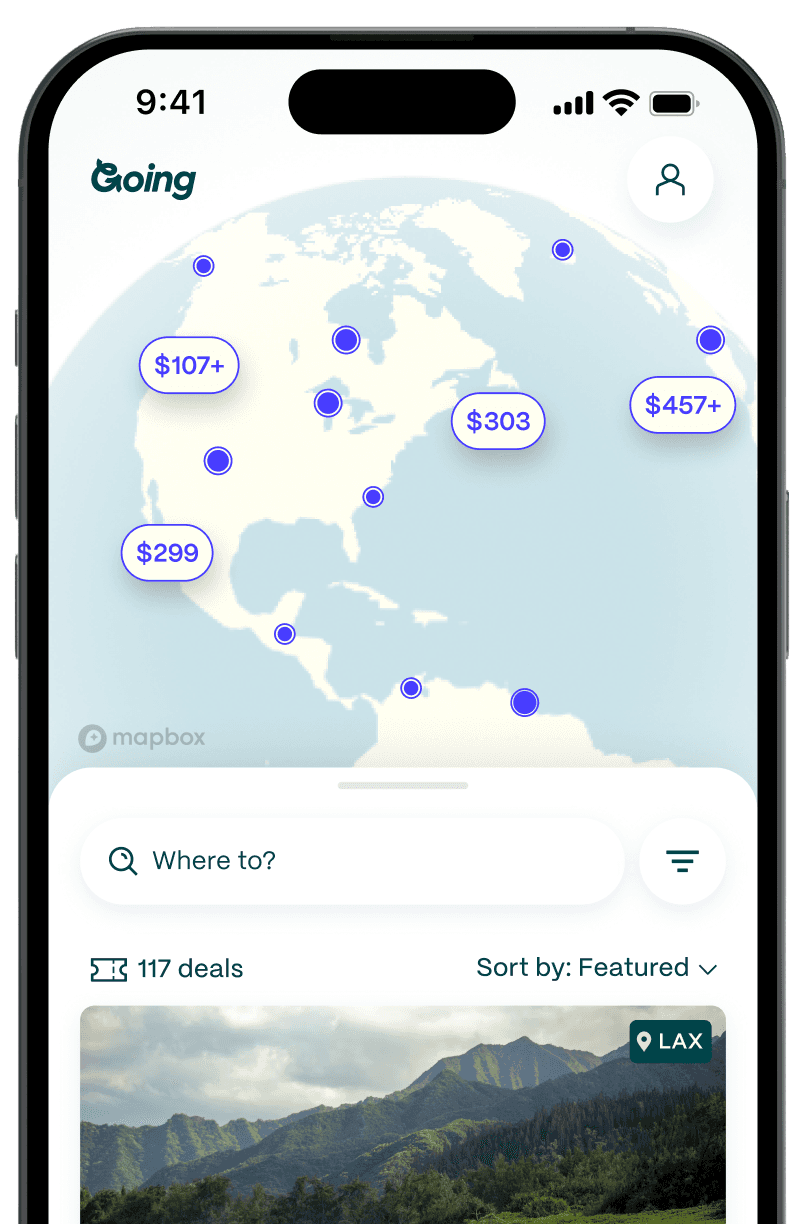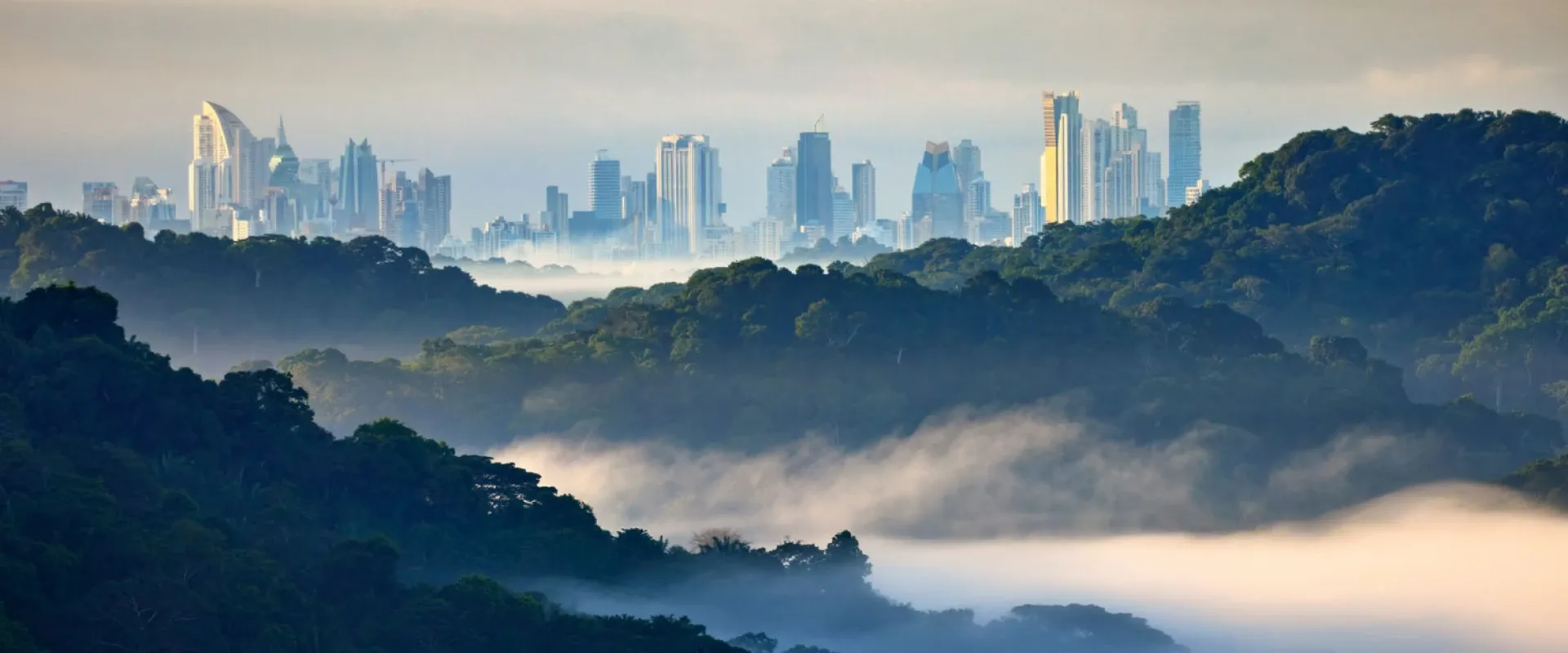
Panama City: The Latin American Capital That Bridged Global Trade
The skyscrapers of Panama City make it one of the tallest cities in the Americas, up there with New York and Chicago. Shaped by its rich history as a crucial trade link, it’s multicultural, modern, and perennially lively. Whether it’s Panama City’s seemingly endless patriotic celebrations in November (including two separate independence days from Spain and Colombia) or the Carnaval celebrations in early spring—when it’s virtually impossible not to get doused with water—the calendar year presents numerous opportunities to appreciate art, savor superlative brews, and have enriching cultural experiences at the bridge of the world.
The mighty Panama Canal

The Isthmus of Panama is a stunning land bridge that emerged from the ocean some three million years ago. These days, it is known for its magnificent human-made canal connecting the Atlantic and Pacific Oceans, and no visit to Panama City is complete without a trip to see it. The lock-type canal was built between 1904 and 1914, and it stretches about 40 miles from the city of Colón to the Bay of Panama. Over 12,000 ships pass through each year, saving as much as 8,000 nautical miles by not having to sail around South America.
The intricacies and challenges of the canal’s construction are explained at the Interoceanic Canal Museum (also known as the Panama Canal Museum), located in Casco Viejo (the UNESCO-protected Old Town) in a historic building dating back to 1874. The museum chronicles the 10-year-long building of the canal, including how around 25,000 workers died during the process and how its construction went on to reshape global trade routes. English headphones are available for self-guided audio tours.
You can get even closer to the action at the Miraflores Visitor Center, a roughly 40-minute drive from Panama City’s Old Town, which provides a comprehensive view of the canal's operations, complete with observation decks for an up-close experience as ships pass by.
Parlez-vous français?
Two separate French companies attempted to construct the Panama Canal from 1881 to 1904. While the US took over and eventually succeeded in constructing the canal, traces of French influence are still around, from language spoken throughout the city to parks, plazas, and places to dine. Wander over to Plaza de Francia at the southern tip of Casco Viejo—or Casco, as locals often call the Old Town—where you’ll find the French embassy, as well as stone tablets and statues commemorating the French attempt.
When speaking to locals, listen up for the word “bucu” (boo-coo), which is derived from the French word “beaucoup,” meaning “plenty” or “a lot.” It gets peppered into conversations and might even appear on T-shirt slogans pronouncing the wearer as “bucu cool” or “bucu pritti” (very pretty). Panama’s Gallic past finds its way into another bit of slang: daim. This is what the 10-cent coin is called in Spanish-speaking Panama, and it stems from “disme” (pronounced dime), an old French word for tenth.
Paradise art

Panama City may not be renowned for its museums or art scene, but it has much to offer aesthetes. The Weil Art gallery in the centrally located, high-end Bella Vista neighborhood showcases local talent, while the kaleidoscopic Frank Gehry–designed Biomuseo on the Amador Causeway celebrates Panama's biodiversity. This origami-esque building was the renowned architect’s first work in Latin America, and the 3.7-mile road on which it sits was built using sand extracted during the construction of the Panama Canal.
Along with sharp contrasts between elegance and decay, Casco Viejo is a delightful part of the city to stroll due to its many mural-lacquered walls. Look out for the wide-eyed ladies wearing polleras (traditional dresses) created by Rolando “Rolo” de Sedas, a Panamanian artist known for transforming urban spaces with colorful, patriotic iconography. Also in Casco, visit Museo de la Mola (MUMO) to learn about Indigenous Guna culture and the meaning behind the intricate tapestries they create. Additionally, art lovers can explore nearby Taboga Island, a source of inspiration for French impressionist Paul Gauguin, who lived there twice. The island is located about 12 miles off the coast of Panama City and is easily accessible via the Taboga Express fast ferry, which takes 30 minutes.
Ravishing rooftops

In Casco, there is an arms race of sorts between rooftop bars seeking to outdo each other in terms of views, cocktail concoctions, tropical vibes, and swimming pool prowess.
Tantalo was the very first string-lit rooftop in the area, which has effortlessly managed to retain its style cred, and is an obligatory stop. Casa Casco is also atmospheric, with lively DJ sets and views of Casco and the Bay of Panama. Lazotea, the first rooftop in the area to have a swimming pool, is a firm favorite on scorching days, as is Selina, which also has a pool, as well as a taco restaurant and a healthy roster of regular activities, such as yoga, Jenga tournaments, and Mexican-themed parties. Plonked between Casco and the skyscrapers of “New Panama,” El Faro has arguably the city’s most scintillating view due to its position between the historic quarter and the skyscrapers downtown.
A note to visitors: When rooftop hopping in the capital, leave the casual clothing at home if you want to fit in, as Panamanians delight in dressing well in smart attire. Ladies tend to wear long dresses or trousers, and for the gents, it’s long-sleeved button-up shirts.
The Champagne of coffees

Geisha coffee is Panama’s most prized brew and one of the world’s most expensive cups of coffee. Originally brought over from Ethiopia, Geisha coffee beans were found to thrive in Panama’s humid climate, particularly in the high-altitude Chiriquí region, known as Panama’s bread basket. Batches of Geisha coffee have sold for as much as $4,588 per pound.
You can sample this locally celebrated beverage at Tiempos, the café within the American Trade Hotel in Plaza Herrera, which was once the tallest building in Panama City despite topping out at just three stories. If you’re in the Via Argentina area, pop over to Mentiritas Blancas. The owners of this cafe are coffee-mad and will happily give you a Geisha masterclass before pouring you a cup.
Rum, pirates, and treasures in plain sight
Henry Morgan is more than just a rum brand to Panamanians. He’s the Welsh privateer who sacked the city in 1671, resulting in its relocation to present-day Casco Viejo. Legend has it that during the looting, Jesuit priests painted a baroque golden altar black with layers of albayalde (white lead) to disguise it and told Morgan that another pirate had already stolen it. That Golden Altar (Altar de Oro) can now be seen standing tall at Iglesia de San José in Casco Viejo.
Travelers parched after their treasure hunt can drink in this history at Exilio Bar at the trendy Hotel la Compañia just a few minutes from the church, where there is an Albayalde rum cocktail that draws inspiration from the tale. For more rum-focused adventures, Pedro Mandinga, Panama’s first artisanal craft rum distillery, is also just minutes away by foot.
Carnaval culture
Spanning four days in the lead up to Ash Wednesday, Carnaval is a big deal all around Panama. The best celebrations are in the interior towns, like Penonomé, Ocu, and Las Tablas, where a fierce rivalry exists between two streets, Calle Arriba (Up Street) and Calle Abajo (Down Street). Each street brings out its largest arsenal (and carnival queen) to throw the most grandiose celebration.
Panama City puts on a stellar show as well. On Avenida Balboa, expect a vibrant parade featuring floats, dancers, live music, and fireworks. Other elements of Panama Carnaval that stun visitors include El Tamborito (a courting dance performed to Panamanian folkloric music), mojaderas (water trucks), and the diablico sucios (dirty devils). The latter are masked men dancing to ward off evil spirits. Traditionally, they lugged around pungent animal bladders, which seeped onto their clothing, hence the “dirty” part. They are now known for their red and black clothing and fancy footwork.
Hotels as history lessons

In Casco Viejo, many hotels find themselves to be living museums. A gorgeous balconied building in Plaza de la Independencia, Hotel Central was Panama’s very first hotel, and it preserved the room where former US president Theodore Roosevelt stayed during his 1906 Canal inspection visit (book room 103 if you want the Presidential Suite).
The show-stopping, 159-room Sofitel Legend Casco Viejo is the only historic quarter hotel with Panama Bay views. It was also the former headquarters of Club Unión, an exclusive social club founded in 1871 that hosted the likes of Albert Einstein and Queen Elizabeth II, who visited Panama during her first overseas tour after her coronation.
Another iconic building that found new life as a boutique charmer is Hotel La Compañia. A remarkable eight-year restoration project turned a Jesuit convent from 1688 into a stylish 88-room property with three wings (French, Spanish, and American Beaux-Arts), each representing a different era of Panama's history through art, architecture, and design.
Good to Know
Is Panama City expensive?
For budget travelers, a daily budget of around $50–$100 USD can cover hostel or hotel accommodation, meals at rooftops, and local transportation. If you stay in Casco Viejo, where the bulk of tourist-focused businesses are, you’ll save on transport overall. Street stalls and fondas (small family-run diners) are the cheapest places to eat, where you can get a meal for around $5. Meals at Casco Viejo rooftop restaurants will be around $10–$30 per person. Uber rides from the airport are $10–$25 depending on traffic and time of day.
Best time to visit Panama City
December to April is the dry season, when the many rooftops and beaches around Panama City are most inviting. There will also be clear skies and calmer waters for boat trips and water activities. The rainy season (May through December) is notoriously wet, with sideways torrential downpours lasting roughly an hour in the afternoons.
What languages are spoken in Panama City?
The main language in Panama City is Spanish, though English is widely spoken in tourist-heavy areas, such as the Old Town. Most hotels will also have bilingual staff. It is still worth learning a few key Spanish greetings and phrases that may help you when shopping, ordering food, or getting transportation. Alternatively, pop in for a half-day crash course at Casco Viejo Spanish School.
Panama City with kids
Panama City malls like Albrook (supposedly the largest mall in Latin America) have kid’s play areas. Renting bikes or rollerblades on the Amador Causeway is a fun activity for all ages. Also on the causeway, the Punta Culebra Nature Center is run by the Smithsonian Tropical Research Institute, and it has an aquarium, educational programs, and various animals. Thirty minutes outside the city at Gamboa Rainforest Resort, kids will be entertained by jungle excursions and aerial tram rides, as well as sloth and monkey encounters.
Panama City public transportation
Panama City has punctual, regular buses and a metro system with two lines. Uber and yellow taxis are widespread. Confirm fares before commencing your journey.
Is Panama City safe?
Panama City ranks #68 out of 163, according to Vision of Humanity’s Global Peace Index. Panama City, in particular, is widely considered Central America’s safest capital. Besides occasional unrest from protests, one can expect an incident-free visit. Practice caution in certain neighborhoods, such as El Chorrillo, San Miguelito, and Calidonia.
Panama City also ranks #91 with a score of 42/100 for LGBTQ+ equality, according to Equaldex's LGBT Equality Index. Homosexual relations were legalized in 2008, but same-sex marriage is not yet permitted. In Panama City, World Pride Panama puts on a show-stopping parade every June, as well as smaller events (like film festivals) throughout the year to celebrate and protect the rights of the LGBTQ+ community. The city’s three major gay clubs are Envy, BLG, and XS.
Getting to Panama City
- Main airport: PTY
- Average Going deal price for cheap flights to Panama City: $338 roundtrip
More Latin American destinations
Last updated January 30, 2024
